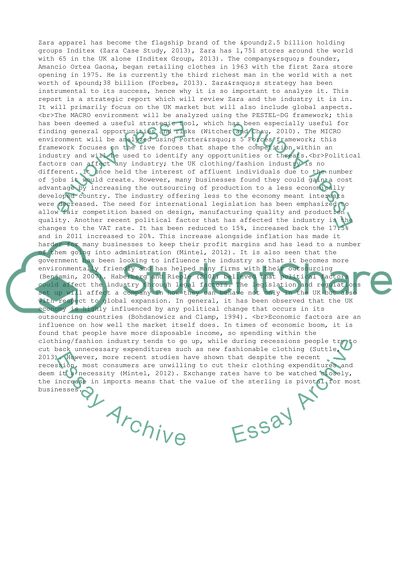Cite this document
(“Strategic Review based on Zara Case Study Essay”, n.d.)
Strategic Review based on Zara Case Study Essay. Retrieved from https://studentshare.org/business/1475924-strategic-review-based-on-zara-case-study
Strategic Review based on Zara Case Study Essay. Retrieved from https://studentshare.org/business/1475924-strategic-review-based-on-zara-case-study
(Strategic Review Based on Zara Case Study Essay)
Strategic Review Based on Zara Case Study Essay. https://studentshare.org/business/1475924-strategic-review-based-on-zara-case-study.
Strategic Review Based on Zara Case Study Essay. https://studentshare.org/business/1475924-strategic-review-based-on-zara-case-study.
“Strategic Review Based on Zara Case Study Essay”, n.d. https://studentshare.org/business/1475924-strategic-review-based-on-zara-case-study.


